ON THE ROAD | Federico Moccia on Barolo 2021
16 January 2025
Back in November, our London Head Sommelier Federico Moccia visited Barolo with his old colleague and good friend Nelson Pari. Focusing specifically on the Barolo del Comune ‘village level’ wines, they compiled their annual report on the new vintage – unveiled this week ahead of an event at the London Club. Here, Fede gives us the pair’s headline findings
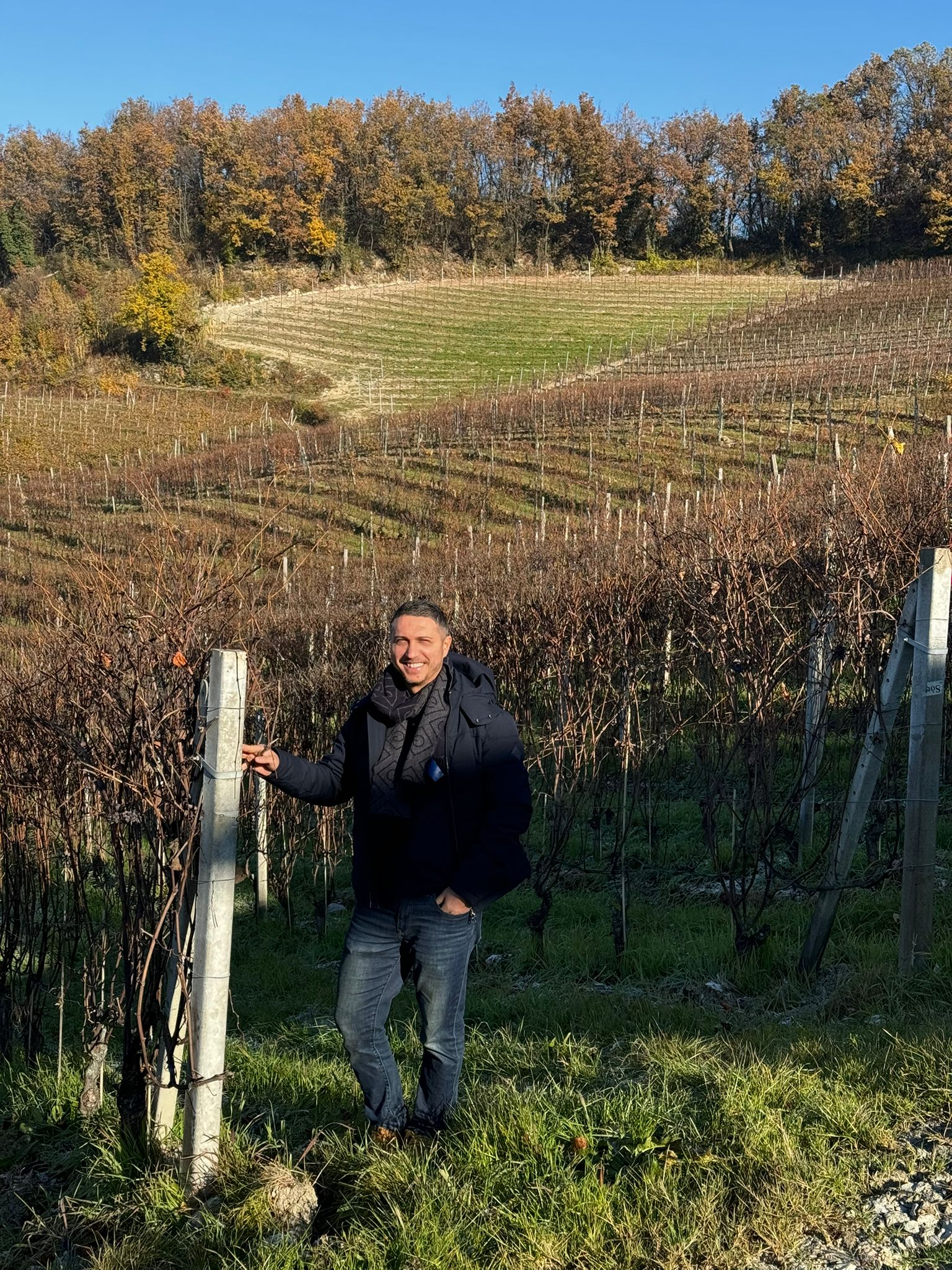
First, a word of warning. You will hear great things and see amazing scores for Barolo’s 2021 vintage. However, we were not quite so convinced…
We are not saying that the vintage lacks quality. Like 2019, most of the wines are very good. But only a few truly stand out. And sadly, what really affected the perception of this vintage wasn’t the climate or the winemaking – it was the hype surrounding it.
Even back when we were tasting the 2019s two years ago, we were being told how good the 2021s were. But for us, of the recent vintages, 2016 is still in the lead, followed by 2020, which was wrongly considered by all of us as a ‘ready-to-drink’ vintage when, in reality, it has turned out to showcase a wonderful balance between fruit concentration and structure for ageing.
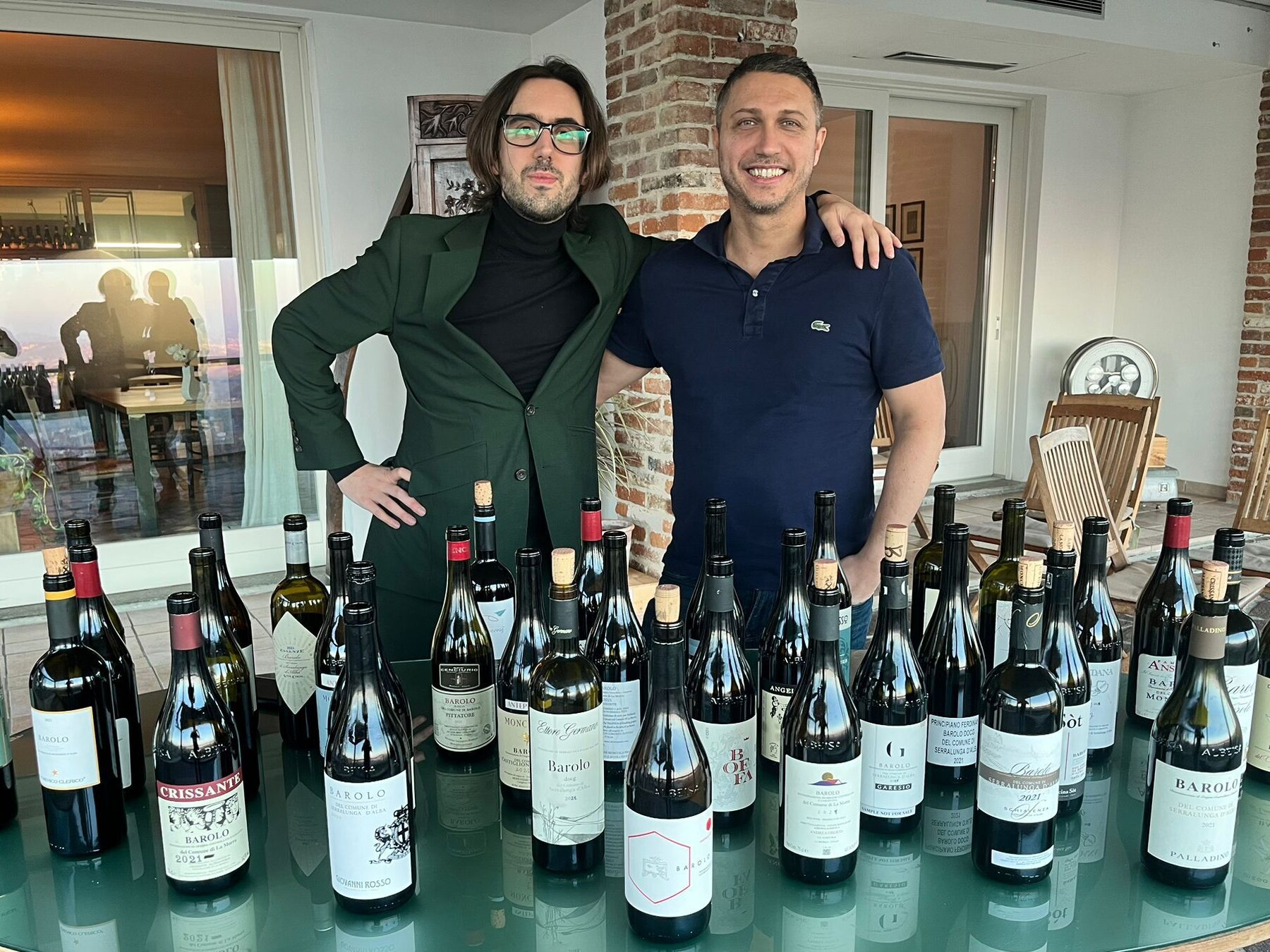

2021 was generally a warm, dry year, right into September, though the warm conditions were tempered by a high diurnal temperature range, allowing for balanced ripening. Harvesting took place in the first two weeks of October.
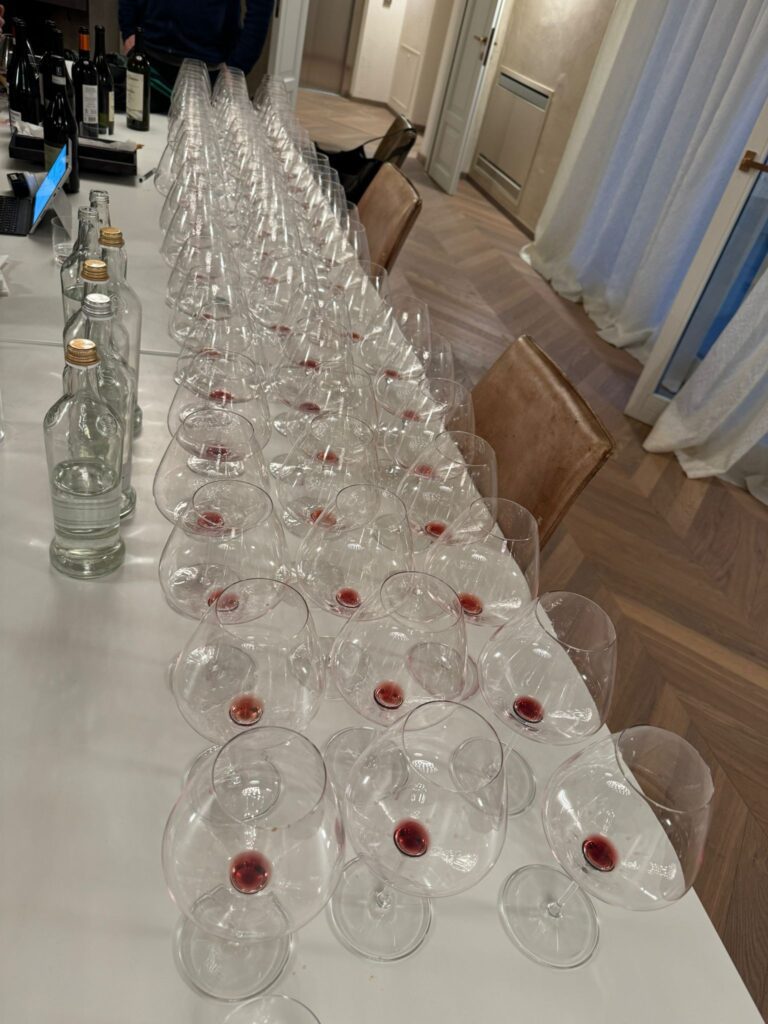

If you love classic Barolo – wines with ‘tension and muscle’ – you will adore this vintage, but be aware that, compared to its two siblings – the cooler 2016 and the more balanced 2019 – this is a warmer spin-off. When we tasted in November, the wines had only recently been bottled, and a few were still cask samples. Some were rather lean and tannic, with no supporting acidity, and while producers talked about them opening up after time in bottle, it’s hard to see what might change.
But yes, we will buy 2021, and plenty of it. All in all, it is a consistent vintage, with few notable climatic differences from one commune to another, meaning our focus is primarily on the individual style of the wines. Ultimately, the safest approach is to stick with the producers you like and trust, and, when possible, focus on the higher end of the spectrum.
Here’s our general consensus on the most high-profile communes:
Monforte d’Alba
For the second consecutive year, Monforte takes the crown as the standout commune. Its classic traits of forest floor and mushroom with an austere palate remain, now enhanced by a more ethereal layer. The wines have great aromas, texture, drinkability and excellent ageing potential. This commune performed so well that we confidently recommend any wine from the tasting. However, if you hold a gun to our head, we would highlight two producers. Domenico Clerico remains a pillar of high-quality Barolo del Comune, with a wine that is both highly concentrated and charming. Castello di Perno is the neoclassical standout, with a truly contemporary wine where elegance and the pure expression of the commune come together in the most captivating wine of the year.
Serralunga d’Alba
Serralunga should be considered a guarantee of quality for Barolo del Comune lovers, as it secures another consistent year with three times the number of wines compared to any other commune. Generally, the less extracted styles, aiming for elegance, didn’t shine, showing simplicity and a lack of grace. On the other hand, the more extracted versions displayed more fruit, with a strong note of chocolate replacing the classic herbal character. When it comes to higher extractions, we have a soft spot for Palladino, whose use of large oak casks and expert extractions results in a wine with great complexity. Our top pick from this commune, however, is Ettore Germano, which captures the purity and complexity of Serralunga with a wine that is a quintessential expression of the terroir, combining trademark precision with vibrancy and depth.
La Morra
Less fruit, more nuance. Producers who took a more interventionist approach to the vintage often ended up with less complexity and a diluted palate with unbalanced tannins. Grippy tannins, a strong perfume of incense, and light reductions (suggested by the white peach aromas) seem to define most of the wines. La Morra maintains its identity, but we didn’t find the same level of complexity, concentration and elegance that we experienced with this commune in 2019 and 2020. Andrea Oberto, however, got us excited by delivering a high-quality representation, with a wine packed with complexity and already perfectly integrated alcohol. Meanwhile, Gianni Gagliardo stood out as the rebellious, anarchistic outsider of the year, leaving behind its bold house style to create a Pino-esque, nuanced wine.
Barolo
When vintages become warmer and hotter, this is the commune that struggles the most, and for the second year in a row, we were generally not impressed. There are no crunchy red fruits, no vibrant acidity, fragrance, or complexity. The fruit is darker, dried herbs are muted, and the wines have shorter finishes with less integrated alcohol.
London Members can join Fede and Nelson – the Barolo Boys – at next week’s Barolo tasting, where they’ll show some of the top wines of the vintage. To read their full report on the vintage, see here
Not a 67 Pall Mall Member? Sign up to receive a monthly curated edition of The Back Label by filling out your details below.


WHAT
I’VE
LEARNED
Ernst Loosen
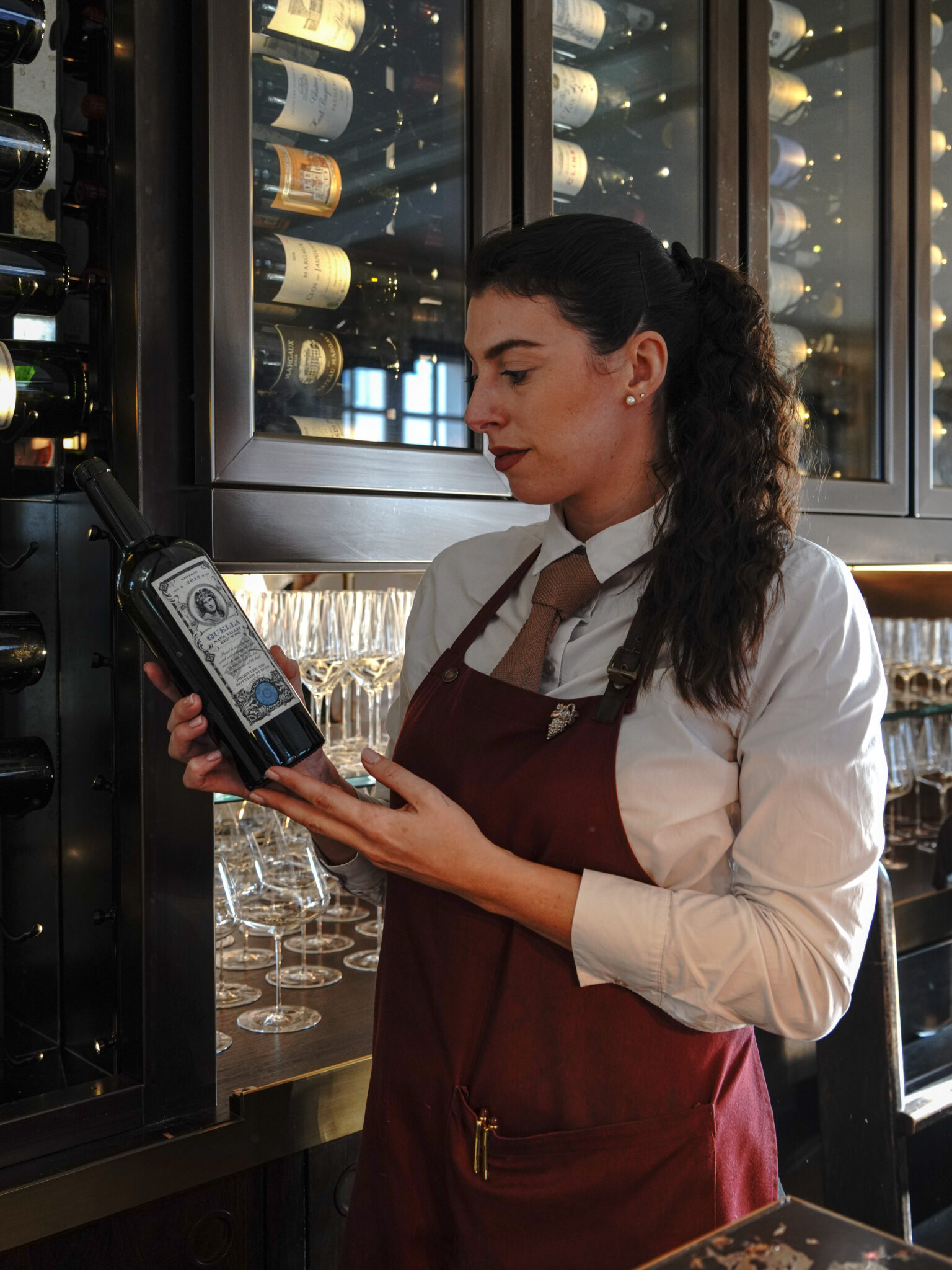

ON
THE
LIST
Mariachiara Faccin
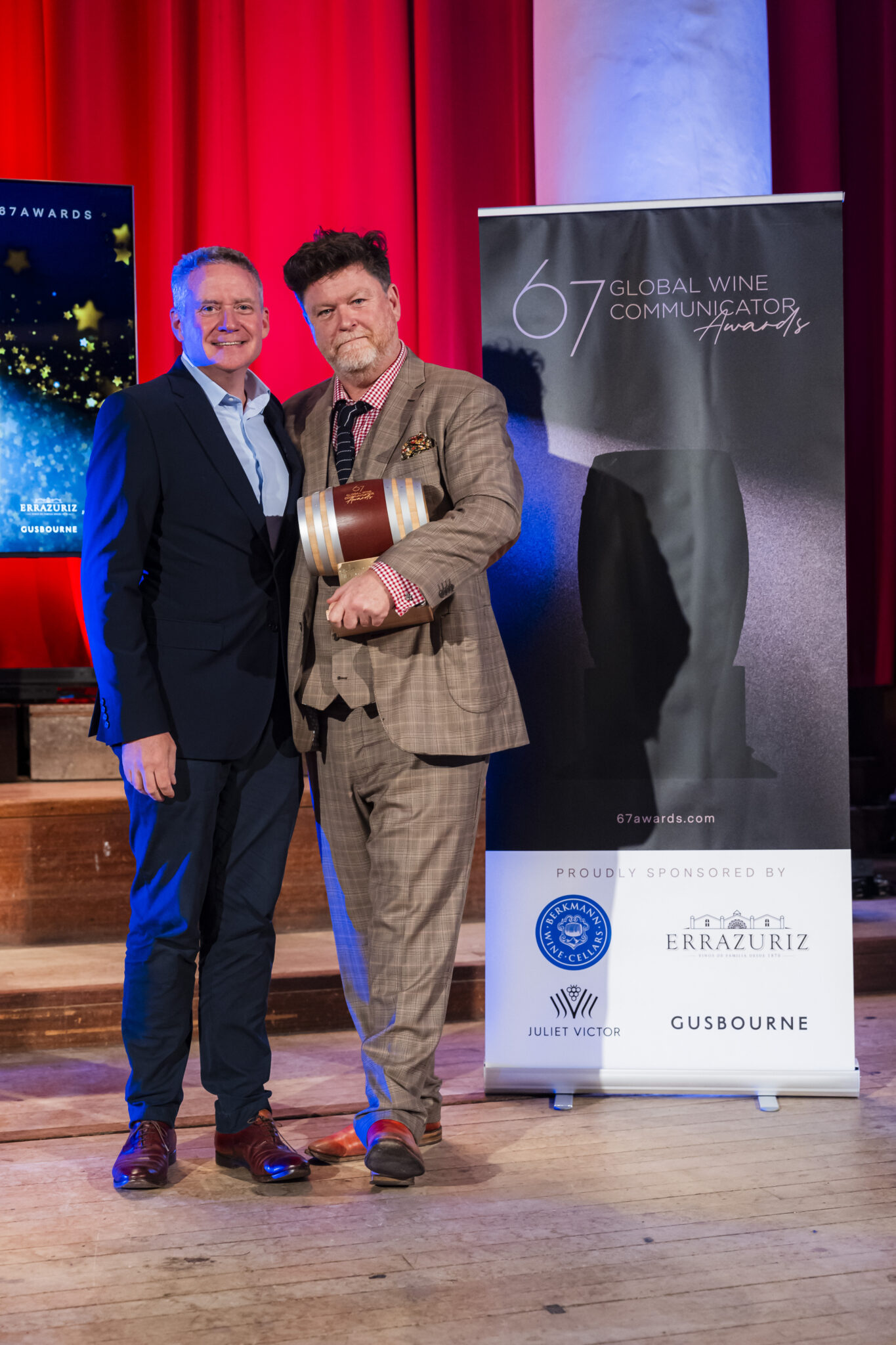

CRITIC’S
CORNER
Nick Ryan
